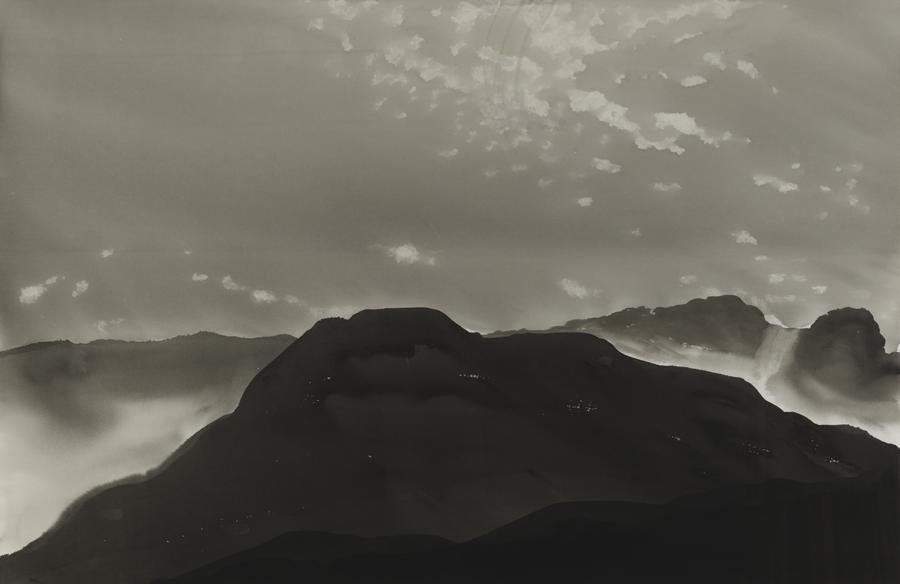
James Tate and Liselotte Tate
Alfred Leslie
By the late 1950s, Alfred Leslie was considered one of the leading figures of the second wave of Abstract Expressionism, explosively applying paint to large canvases. Surprising many, he turned to realistic figure painting in 1964 but never abandoned his affinity for massive scale. Leslie's larger-than-life portraits confront the viewer through dramatic devices such as low lighting and a hard, precise manner whereby all materials, including skin, look like metal or vinyl. Relying on realistic rendering, frontal poses, enormous scale, and monochromatic grounds, Leslie soon realized that adroit realism was not enough. David, Ingres, and Caravaggio - and a general attention to classical ideals - began to heavily influence the artist by the mid-1970s. Like these great masters, Leslie staged his subjects and through distortion and artifice achieved great dramatic effects. Invoking Caravaggio in particular, Leslie proclaimed his intention of returning to art the function of moral edification. He purposefully borrowed compositions from the Baroque master to portray contemporary events.
Artist
Date of Birth
(b. 1927)
Date
1976
Medium
Oil on canvas
Dimensions
84 x 60 5/8 in. (213.36 x 153.9875 cm.)
Accession #
1977.3
Credit Line
Funds provided by the Crag Burn Fund, Marion B. Stroud, and an anonymous donor
Copyright
© artist or artist's estate
Category
Subject

